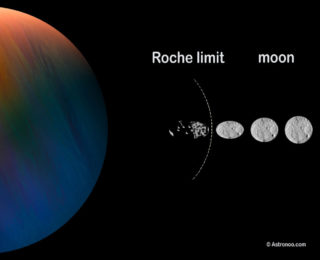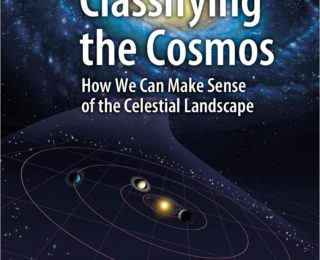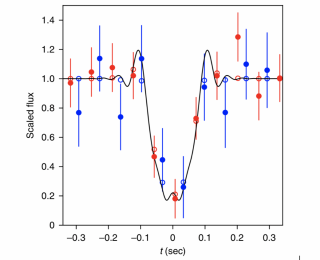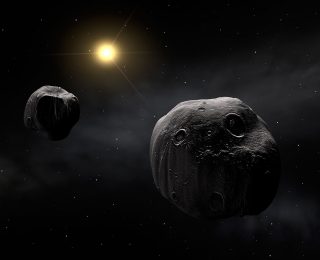
Boomerang, Slingshot, or Torque-Dependent? How to Classify Your Favorite Ring-Satellite System
When moons and rings orbit together, the results can be crazy. This paper proposes three regimes to more easily understand these complex interactions.

When moons and rings orbit together, the results can be crazy. This paper proposes three regimes to more easily understand these complex interactions.

In his new book, astronomer and former NASA Chief Historian Steven Dick outlines a classification system for all of astronomy. Will it catch on?
![Introducing astro[sound]bites](https://astrobites.org/wp-content/uploads/2019/11/ASB_logo-320x260.png)
Astrobites for your ears. Three grad students bring you cutting-edge research findings in astronomy and connect the dots between diverse subfields.

A low-cost survey found the first kilometer-sized Kuiper Belt Object using stellar occultations and clever analysis.

Survival rates of Kuiper Belt Objects with binary companions are used to determine the history of the Solar System.